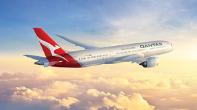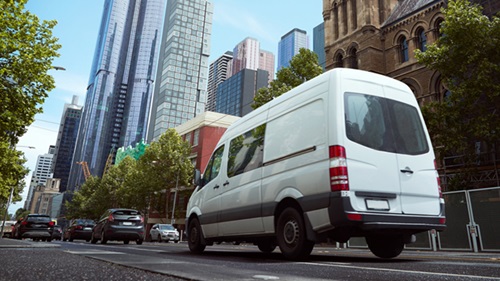A new financial year has begun, so it’s time to set some goals (or budgets as they call them in business) to make sure you finish this financial year in good shape.
How many vehicles do we need?
Let’s start by looking at the vehicles in your business. It may be a fleet of 20 plus, or it could be two. No matter how many you have, they’re an asset, and a tool for generating revenue. So, you should be planning how to maximise the utilisation of your fleet.
Large organisations with Fleet Managers ask the same question every new budget period: how many cars do we need to service our customers and meet our sales targets?
Looking at how many kilometres your vehicles travel annually is the quickest way to determine if you have too many, or not enough. A high number of kilometres travelled each year suggests a vehicle is being used to generate sales or deliver your products.
There’s no target number of kilometres because every business is different. If you start by comparing vehicles, you’ll notice any abnormalities in your fleet, and it’ll help you budget for fuel, servicing, and tyres for the year ahead.
If you finance your vehicles and the leases are ending in the next six months, start planning now because there are long delays for new vehicles being ordered in 2021 due to COVID impacting manufacturer supply chains. Extending leases for another year will add costs to your business, with annual registration and more maintenance expenses like another set of tyres.
Get more from tax time
Once you have the right number of cars for your business, you can start making them work harder for you.
Another vehicle expense to review in the new financial year is Fringe Benefits Tax (FBT). This applies to personal trips taken in company cars. It could also apply to car parking if you’re providing a free car spot in the office for staff.
You can reduce the tax you pay on vehicles and parking with some planning before the end of the FBT year on 31st March 2022.
There are two ways to calculate FBT on vehicles. The first is called the Statutory Method which is the most used because it’s the easiest. It uses the cost of the car as a base rather than how much it’s used for business purposes.
If this was the method you used last time, the new year is a great time to consider changing to the Operating Cost Method. The Operating Cost Method uses the vehicle’s annual running costs and the amount of private trips undertaken by employees as a percentage of total distance travelled during a logbook period.
By keeping a logbook for a minimum of 12 weeks in the new financial year, you can compare the two methods at the end of the FBT year in March, and pick the lowest cost option.
So, now’s the time to start managing your fleet for the best result at the end of this financial year. To ensure that your vehicles make it there safely, ensure your whole fleet is covered for roadside assistance. If you’d like to add vehicles or make changes to your membership, call us on 1300 750 633.









